Did you know that American cars aren’t just a symbol of personal freedom but have also shaped global culture? From Hollywood to Havana, the influence of American automotive design is unmistakable.
1. The Birth of Mass Production
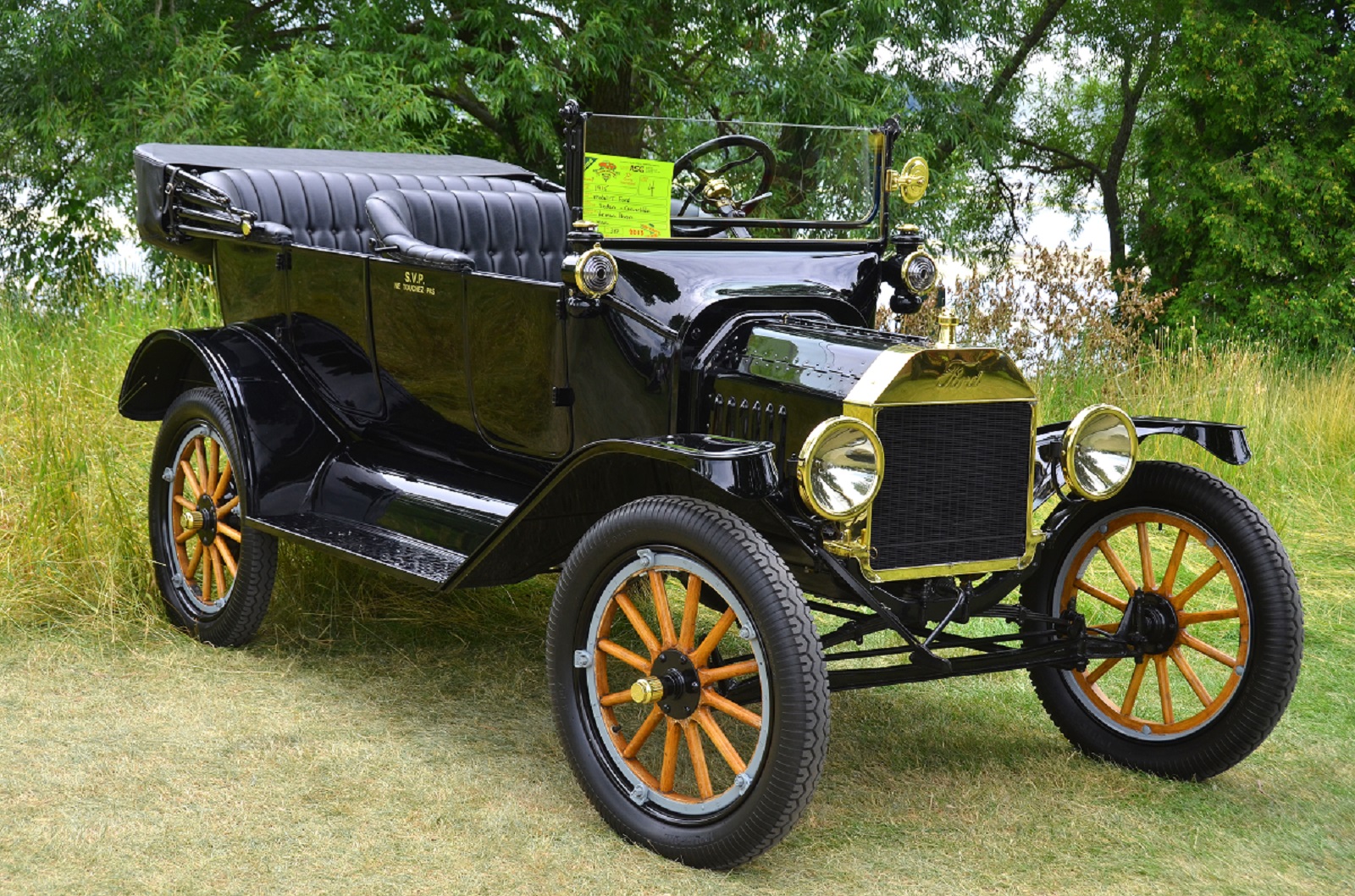
Image Credit: Shutterstock / meunierd
The introduction of mass production with Ford’s Model T revolutionized not only auto manufacturing but also set a standard for industries worldwide.
2. Icons of Style and Power
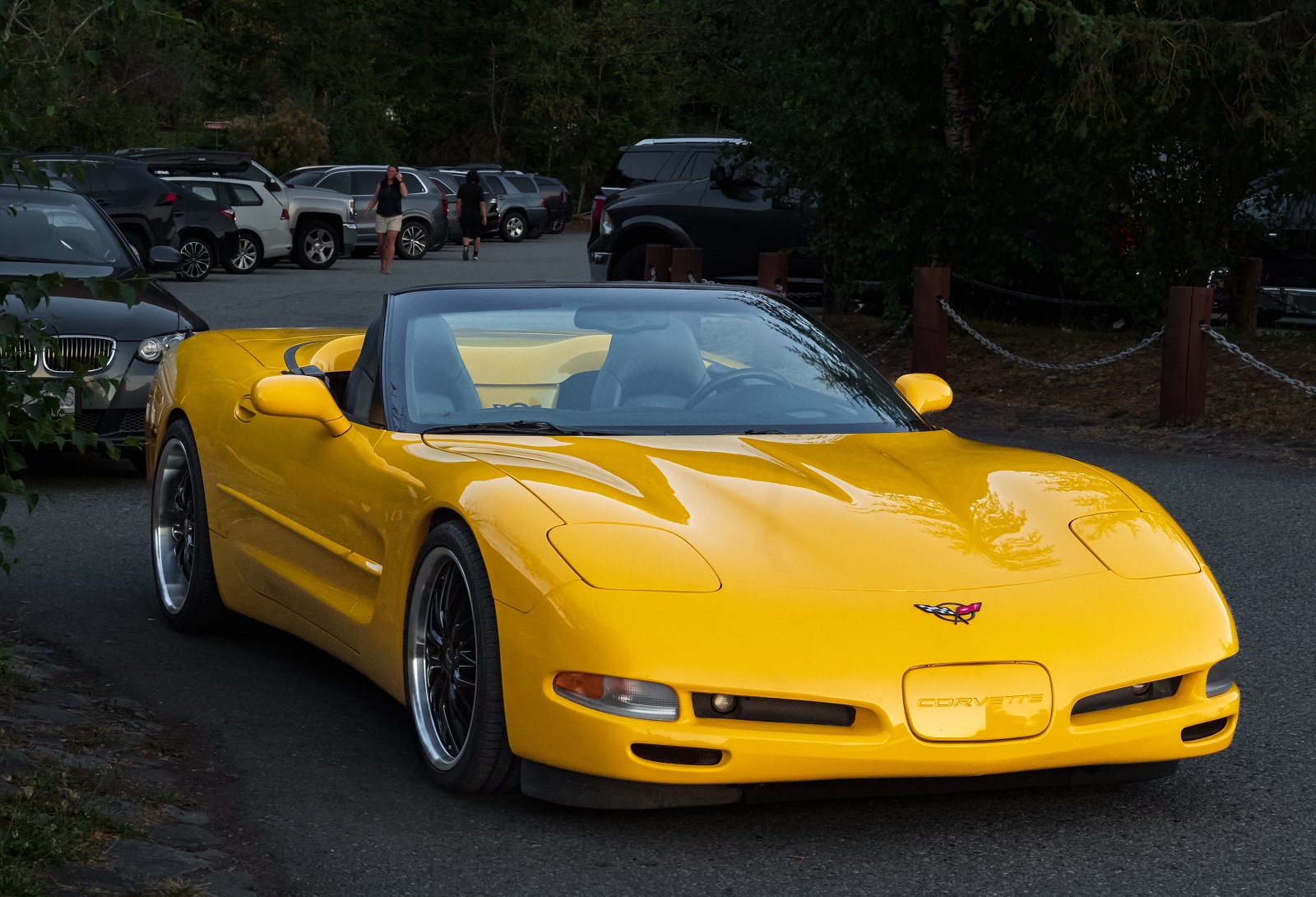
Image Credit: Shutterstock / Elena_Alex_Ferns
American cars like the Chevrolet Corvette and the Ford Mustang became symbols of power and freedom, celebrated in countless movies, songs, and television shows.
3. Innovations in Engineering
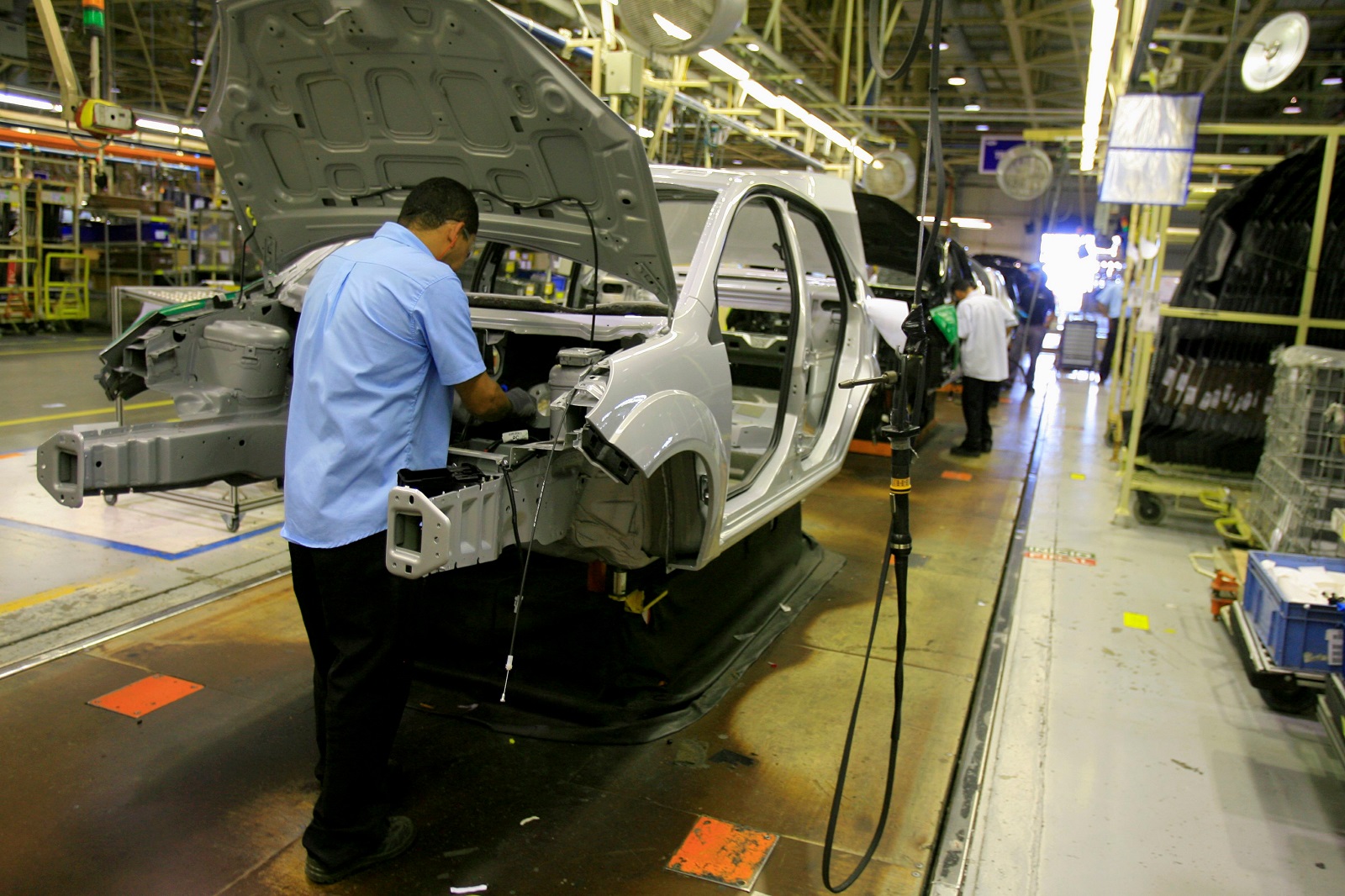
Image Credit: Shutterstock / Joa Souza
U.S. automakers have been pioneers in automotive engineering, introducing features like power steering, electric ignitions, and advanced safety technologies.
4. The Muscle Car Era
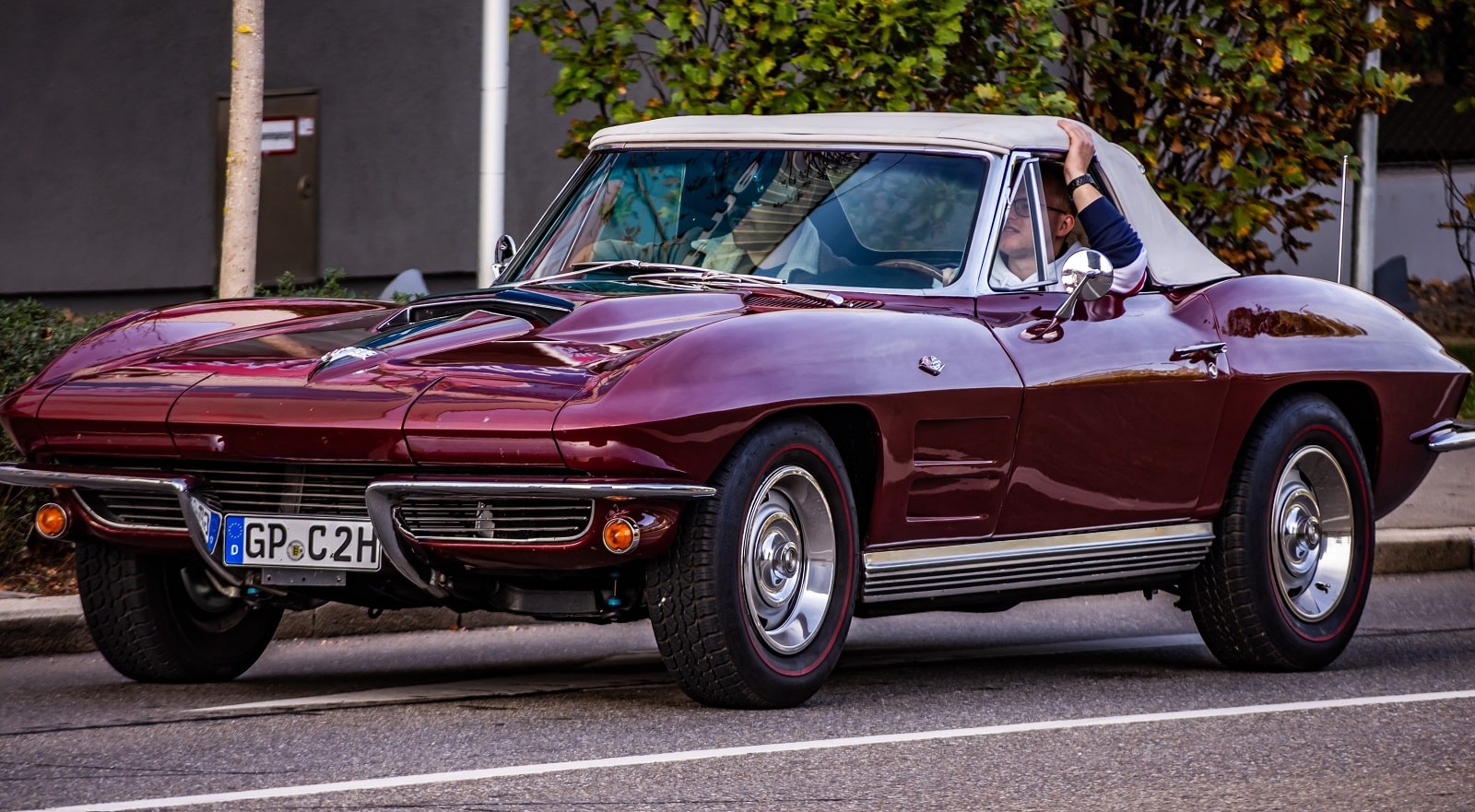
Image Credit: Shutterstock / Krisz12Photo
The 1960s and 1970s saw the rise of the muscle car, vehicles known for their powerful engines and aggressive styling, capturing the heart of car enthusiasts globally.
5. Exporting the American Dream
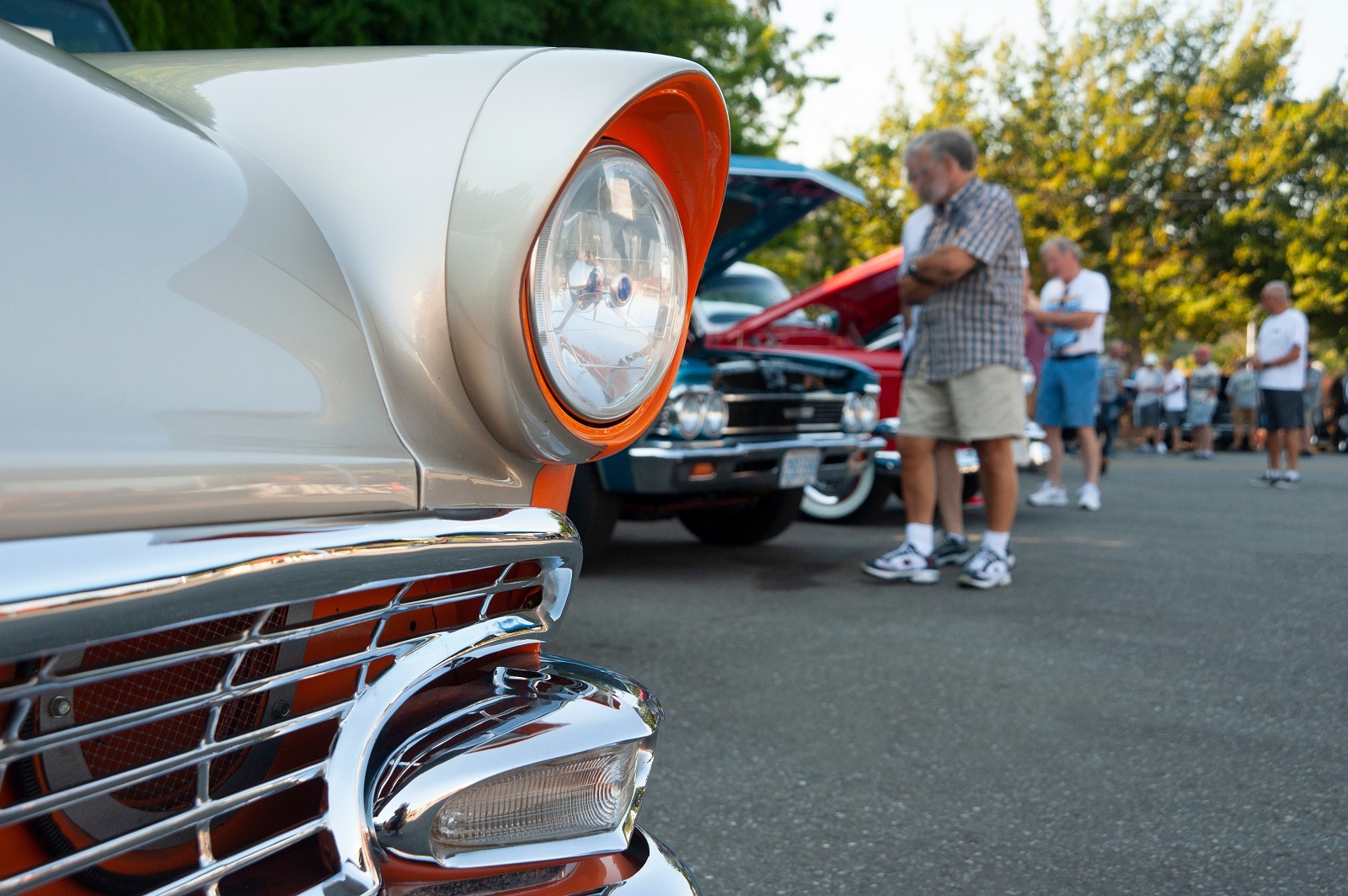
Image Credit: Shutterstock / Mr.Nikon
American cars have been exported worldwide, carrying with them ideals of freedom, innovation, and a touch of glamor.
6. Racing and Performance

Image Credit: Shutterstock / Frolphy
American-made cars have a storied history in racing, from NASCAR to Le Mans, showcasing their performance on international stages.
7. Leadership in Electric Vehicle Innovation

Image Credit: Shutterstock / buffaloboy
Companies like Tesla have put American auto innovation back on the map with their leadership in electric vehicle technology.
8. Global Customization Culture
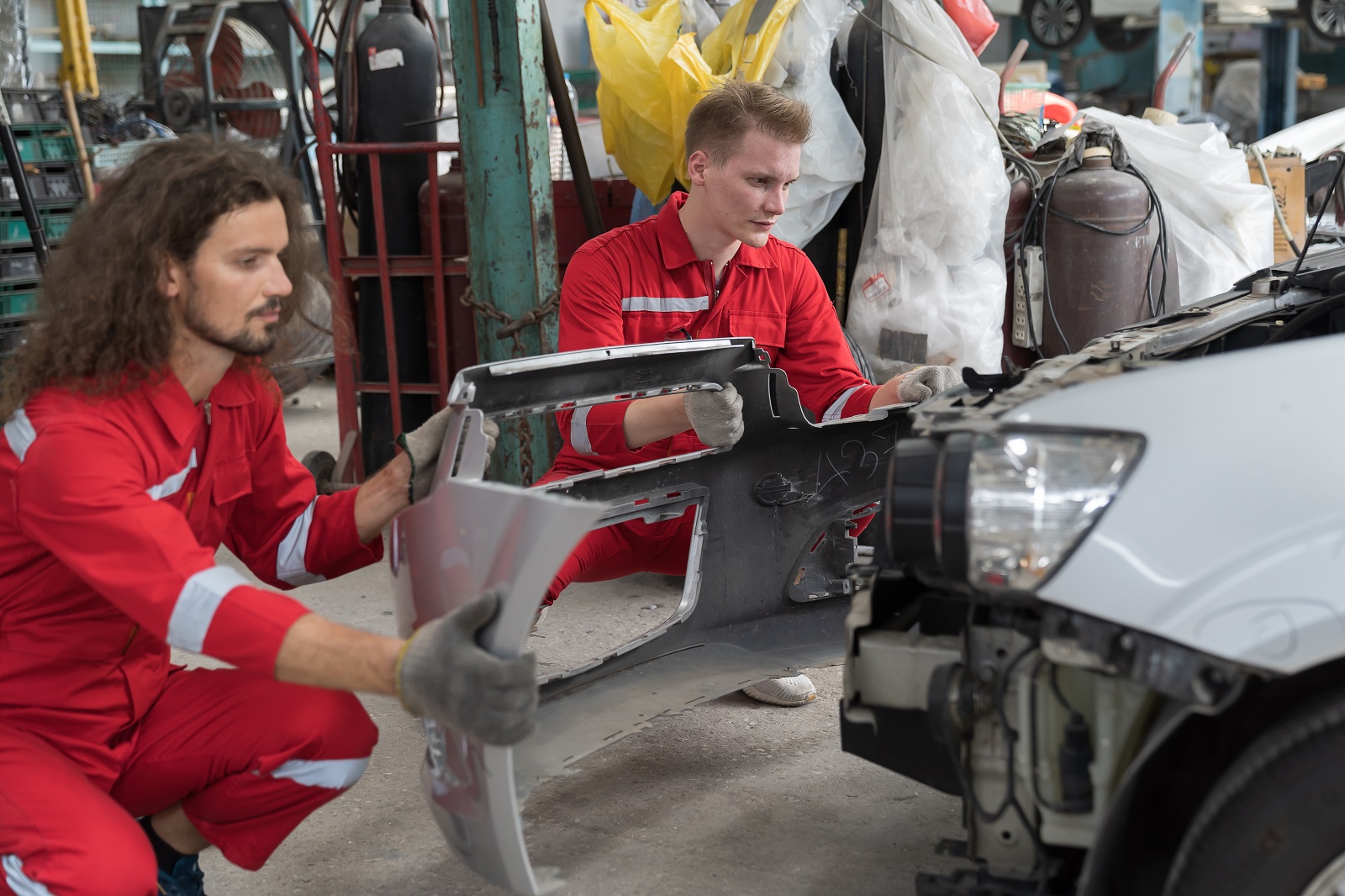
Image Credit: Shutterstock /
The customization of American cars has influenced automotive enthusiasts worldwide, inspiring a global culture of personalization.
9. Hollywood’s Love Affair
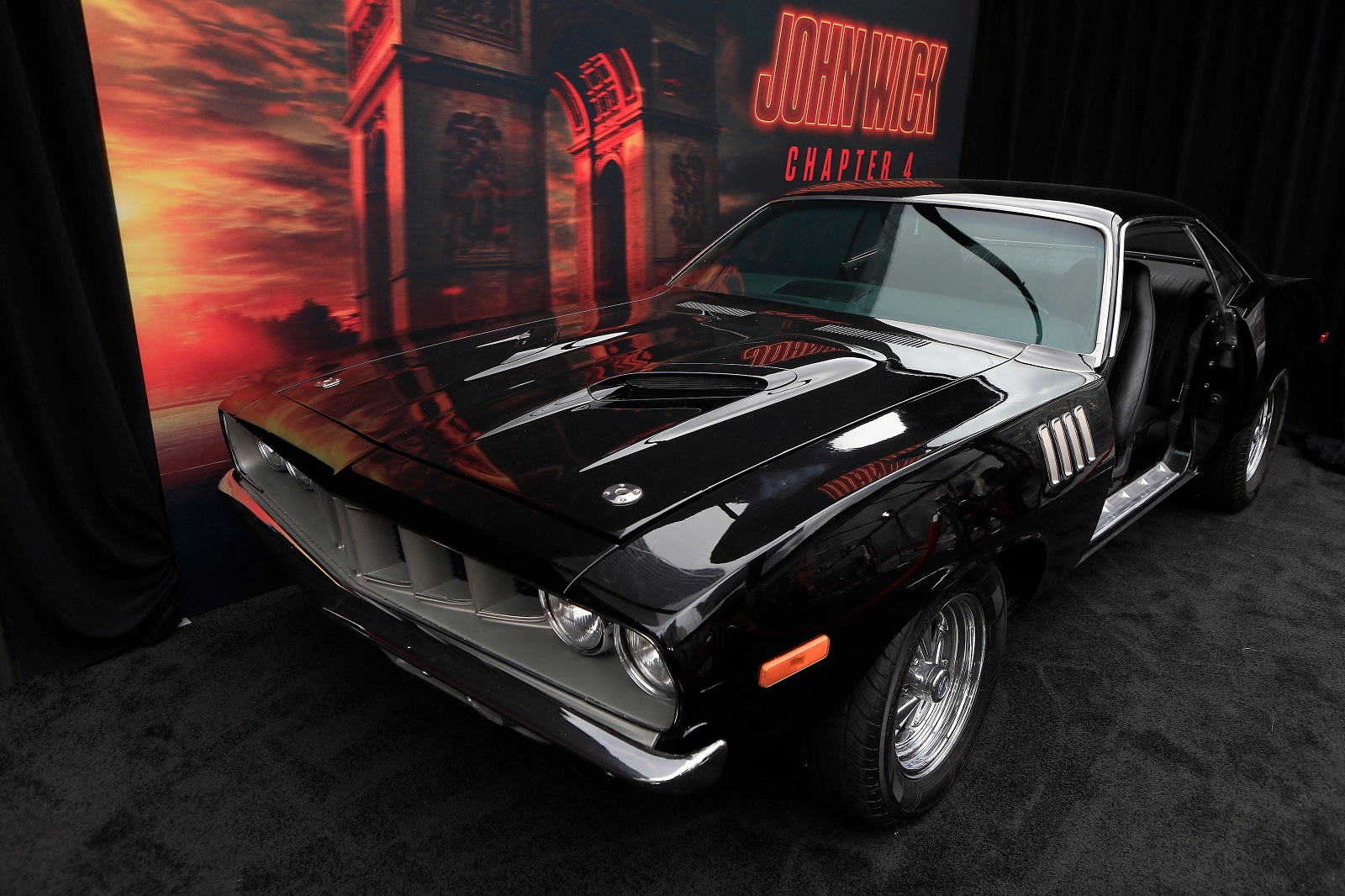
Image Credit: Shutterstock / Joe Seer
American cars have starred in films and TV, becoming iconic through appearances in blockbuster movies and shaping global pop culture.
10. Diplomatic Status Symbols
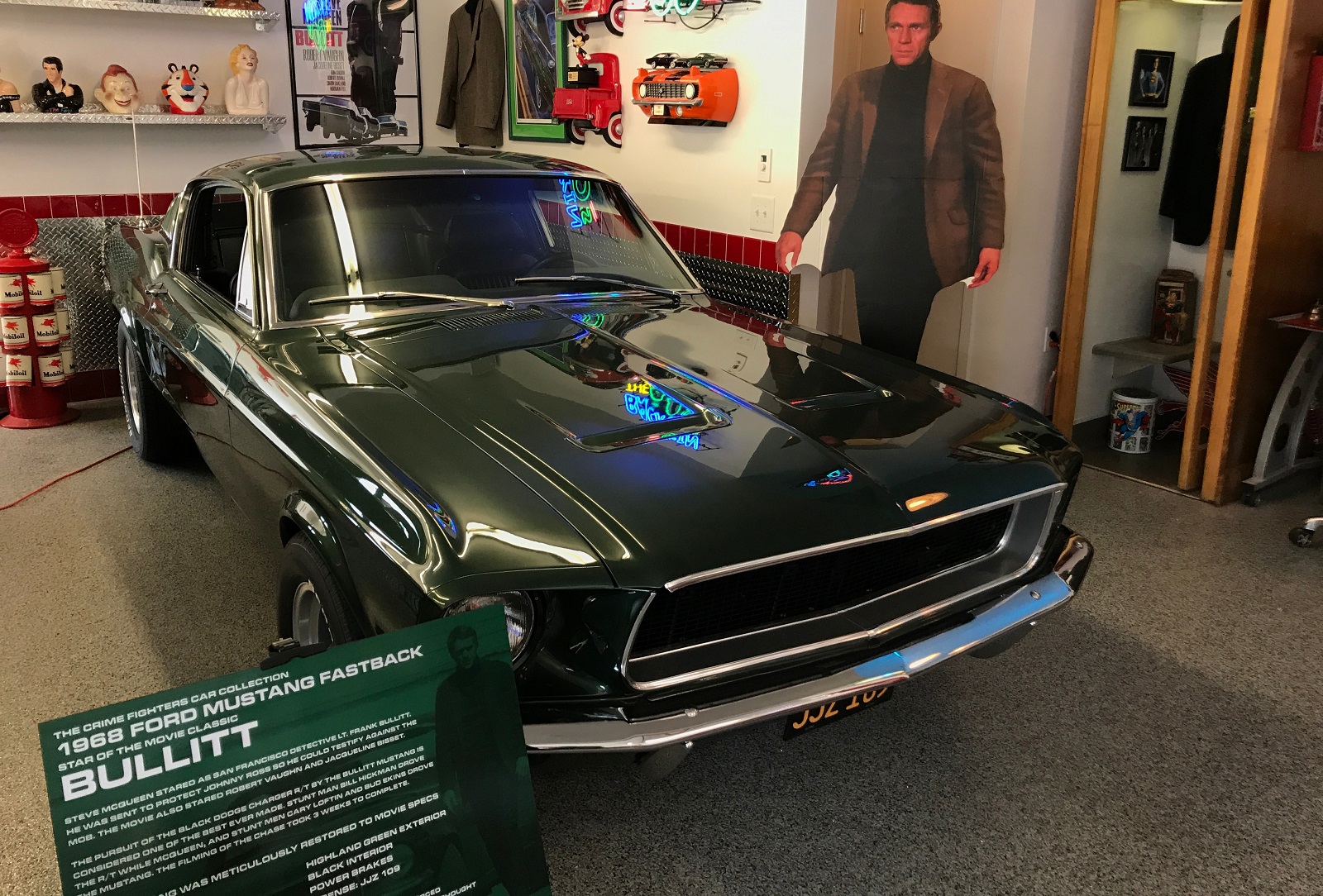
Image Credit: Shutterstock / Jeff Bukowski
In many countries, owning an American car is seen as a status symbol, often used in diplomatic fleets.
11. Influence on Global Safety Standards

Image Credit: Shutterstock / Gorodenkoff
U.S. safety regulations and innovations have influenced automotive safety standards around the world.
12. Sustainability and the American Auto

Image Credit: Shutterstock / JC_STOCKER
American companies are at the forefront of addressing environmental concerns, influencing global trends towards sustainability in the auto industry.
13. Restoration and Collector Culture

Image Credit: Shutterstock / Anna Jedynak
The restoration of classic American cars is a passion that unites enthusiasts around the world, preserving the history and art of automotive design.
14. American Autos in Motorsports
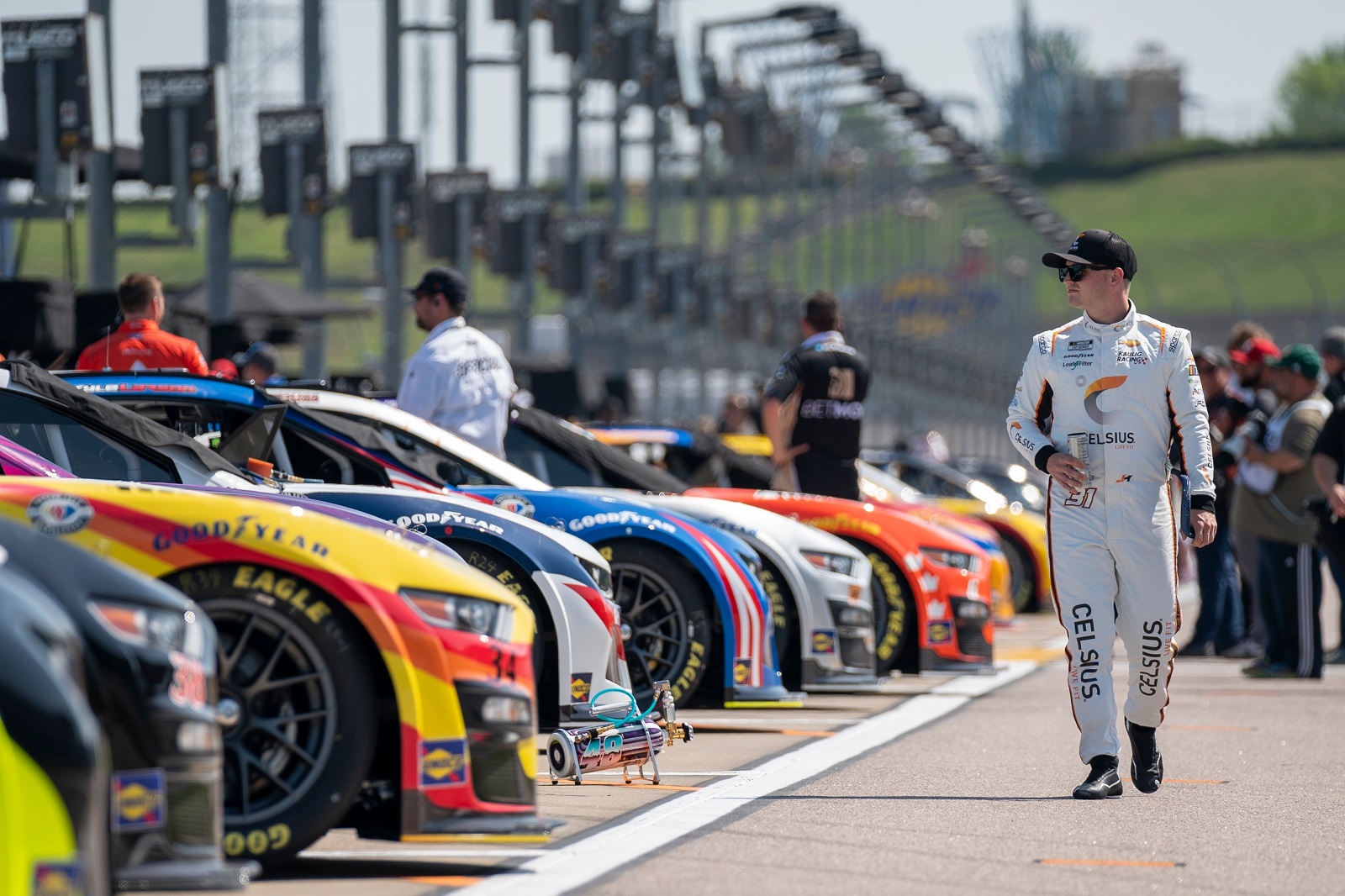
Image Credit: Shutterstock / Grindstone Media Group
From drag racing to rally, American vehicles have been prominent in motorsports, influencing the sport’s development globally.
15. The Legacy of Utility Vehicles

Image Credit: Shutterstock / joppo
American utility vehicles like the Jeep have been adopted worldwide for their durability and versatility, often used in remote and challenging environments.
Full Throttle on Influence
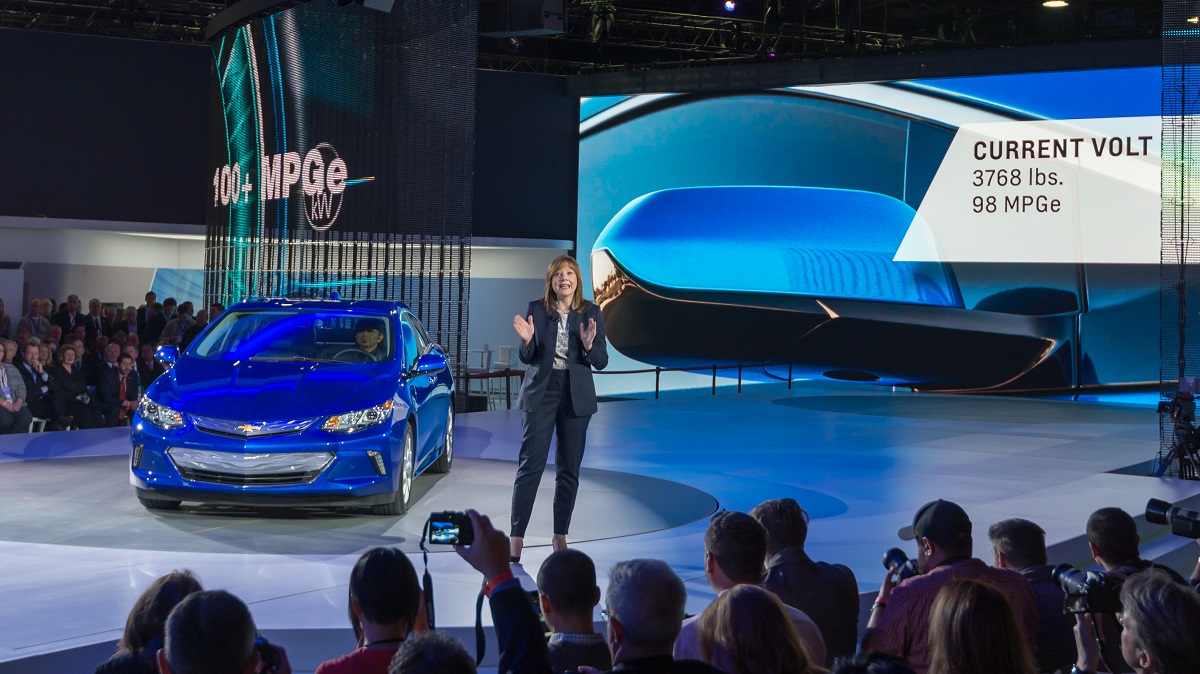
Image Credit: Shutterstock / Steve Lagreca
The impact of American cars extends beyond transportation; they are cultural icons that have shaped not just automotive history but global culture itself. Their legacy of innovation and style continues to influence automotive trends and consumer preferences worldwide.
The post The Impact of American Cars on Global Culture first appeared on Mechanic Insider.
Featured Image Credit: Shutterstock / Suzanne Tenuto.
For transparency, this content was partly developed with AI assistance and carefully curated by an experienced editor to be informative and ensure accuracy.



